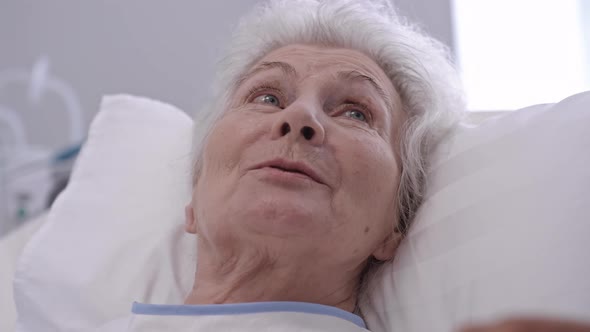List the key features of effective partnership working – these may be different for different types of partnerships.
Effective partnership working involves two or more groups coming together to achieve a common aim or purpose. The benefits include pooled resources, sharing of expertise and responsibility/power. For it to work there must be mutual respect and understanding between the partners and a level of trust.
Consider how you might strengthen those networks.
Partnerships can be strengthened by sharing information, knowledge and expertise as well as each party being trustworthy and reliable. Over time, these bonds should improve. Regular meetings and communication between all parties is also essential for partnership working to be successful.
Consider how you might measure the effectiveness of these relationships – what you need to do, who needs to be involved and how often.
As stated above regular communication is paramount for effective partnership working. Representatives from each party should meet regularly to discuss ideas and progress. Ideally, these would be the same representatives each time. Efficacy should be measured by the outcomes that that are produced, which should be in line with the initial goals agreed by all parties.




